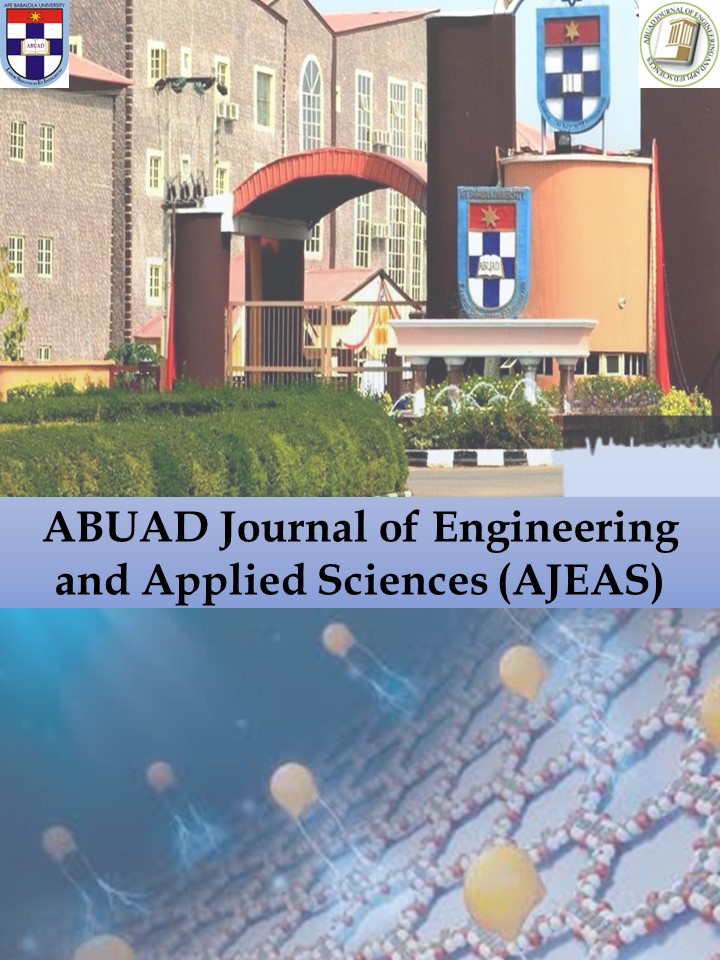Investigation of Mild Carbon Steel Immersed in Jatropha Biodiesel Fuel: Spectroscopic and Surface Studies
Main Article Content
Abstract
The use of renewable energy fuels in the automobile industry has seen progressive interest and increased research in recent times. Different types of steel alloys have been considered as materials in the construction of the fuel delivery and storage systems of the automobile engines which are conduit for passage of these biofuels to the specific engine combustion chamber. The nature of the interactions between the surface of the mild steel alloy and the specific biodiesel molecules needs to be interrogated to ascertain the extent and degree of biodiesel activity-induced corrosion. In this study, FTIR, UV-Vis spectrometry and optical microscopy techniques were used to elucidate on the biodiesel molecule-mild steel surface interphase interactions. UV-Vis investigation revealed pronounced peaks around 900 nm and 1050 nm consistent with signals due to poly-unsaturated components of the biodiesel. FTIR analysis showed peaks around 1700 cm-1 which indicated the presence of C=O and C-O functional groups that is associated with triglycerides. Peak signals around 2950 cm-1 are attributed to anti-symmetric and symmetric stretching vibration of C-H in CH2 and CH3 while peaks around 1150 cm-1 indicated the stretching vibration of C-O ester. The results revealed jatropha biodiesel-induce corrosion was physically adsorbed on the steel surface leading to surface degradation over time and were evident in the optical surface micrographs which were equally supported by the FTIR and UV-Vis analyses. Thus, carbon steel alloy material selection and testing to ascertain compatibility and effectiveness is vital when biodiesel is to be used as fuel in automobile engines.




